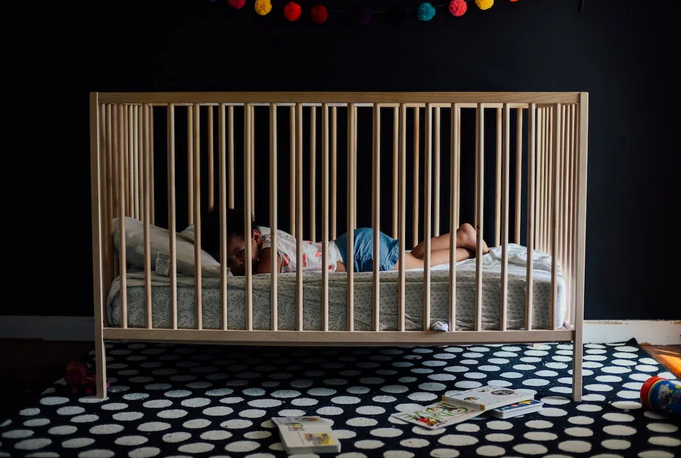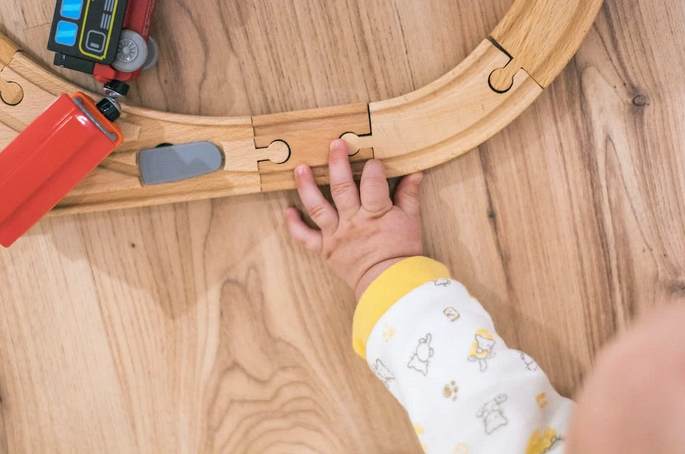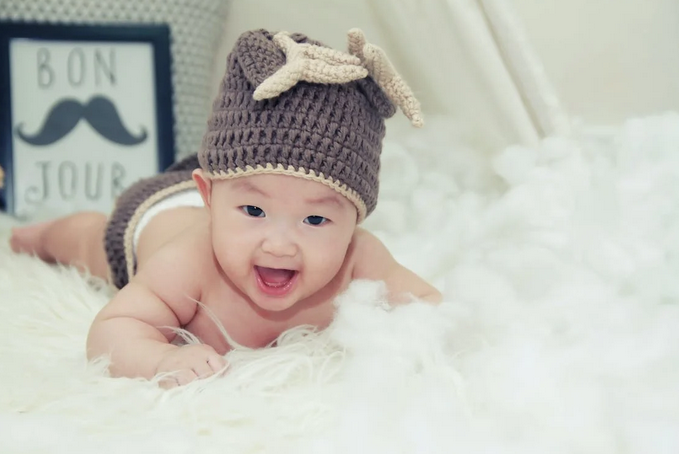Are you eagerly awaiting the arrival of your little bundle of joy? Congratulations. As the countdown to parenthood begins, ensuring your home is a haven for your new addition is important.
From securing cabinets to cushioning sharp corners, baby-proofing can seem overwhelming. But fear not. We’ll guide you through all the essential steps to baby-proof your house like a pro. Get ready to create a secure and nurturing environment where your little one can explore and grow without worries.
Start Early and Get on Their Level

The best time to start baby-proofing is before your little one starts crawling. Babies grow quickly; before you know it, they’ll be exploring every nook and cranny. Get down on your hands and knees to see your home from their perspective. This will help you identify potential hazards and determine which areas need extra attention during the baby-proofing process.
Secure Furniture and Electronics
Unstable furniture and unsecured electronics pose significant risks to curious little explorers. Use furniture anchors to secure heavy items like bookshelves, dressers, and TV stands to the wall. Cover sharp furniture corners with corner guards to prevent injuries in case of bumps or falls. Additionally, keep electronics and cords out of reach or use cord organizers to prevent your baby from pulling on them.
Install Safety Gates
Safety gates are essential for creating baby-friendly zones within your home. Use safety gates to block off stairs, entryways to hazardous rooms (e.g., the kitchen), or areas you want to keep off-limits to your little one. Opt for hardware-mounted gates for the top of stairs, as pressure-mounted gates may not be as secure in such areas.
Lock Up Cabinets and Drawers
 Babies are natural explorers who love to open and close anything they can get their little hands on. Secure cabinets and drawers with childproof locks to keep dangerous items like cleaning supplies, sharp objects, or medications out of reach. Consider using easy locks for adults to open with one hand but challenging for babies to figure out.
Babies are natural explorers who love to open and close anything they can get their little hands on. Secure cabinets and drawers with childproof locks to keep dangerous items like cleaning supplies, sharp objects, or medications out of reach. Consider using easy locks for adults to open with one hand but challenging for babies to figure out.
Cover Electrical Outlets
Electrical outlets are fascinating to babies, but they are also hazardous. Inserting small objects or fingers into electrical outlets can lead to shocks or burns. Use outlet or sliding plate covers to protect your baby from electrical hazards. Opt for outlet covers that are difficult for babies to remove independently.
Window and Door Safety
Windows and doors can be potential safety hazards for babies. Install window guards or stops to prevent your baby from opening windows wide enough to crawl through. Use door knob covers or locks to securely close doors to hazardous areas, such as bathrooms or utility rooms.
Secure Cords and Blind Cords
Loose cords, including blind cords, pose strangulation hazards for babies. Keep cords out of reach and use cord wraps or wind-ups to secure them neatly. Consider replacing blinds with cordless options to eliminate this risk altogether.
Soften Sharp Edges and Corners
Babies are wobbly on their feet, and falling is part of their learning process. Soften sharp edges and corners of furniture, countertops, and other hard surfaces with corner guards or bumpers. These cushioned protectors can help reduce the impact of falls and minimize the risk of injuries.
Keep Small Objects Out of Reach

Babies are naturally curious and love to put things in their mouths. Keep small objects, such as coins, batteries, and small toys, out of reach to avoid choking hazards. Regularly scan the floor and other baby-accessible areas to ensure no small items your baby can pick up and swallow.
Anchor Heavy Items and Decorations
Secure heavy decorations, like mirrors or wall art, to the wall to prevent them from tipping over if your baby tugs on them. Additionally, avoid using tablecloths or runners, as your baby might use them to pull on items that could fall and cause injuries.
Baby-proofing your house is essential in creating a safe and nurturing environment for your little one. By taking proactive measures to secure furniture, install safety gates, cover outlets, and lock up hazardous items, you can create a haven for your baby to explore and grow confidently.…

